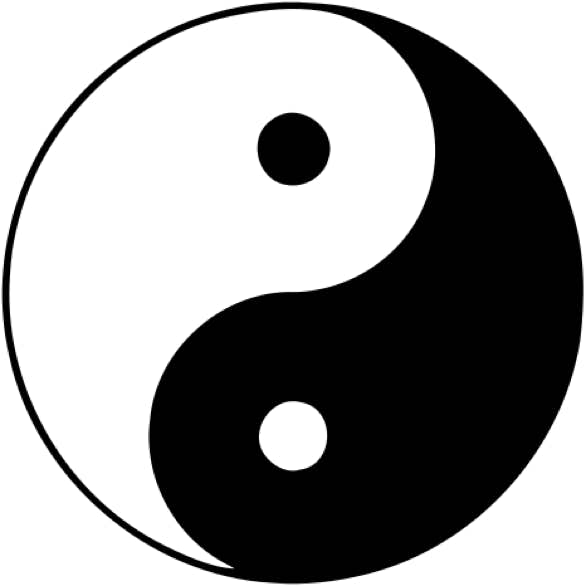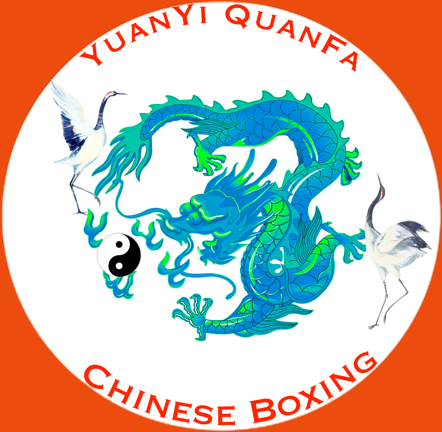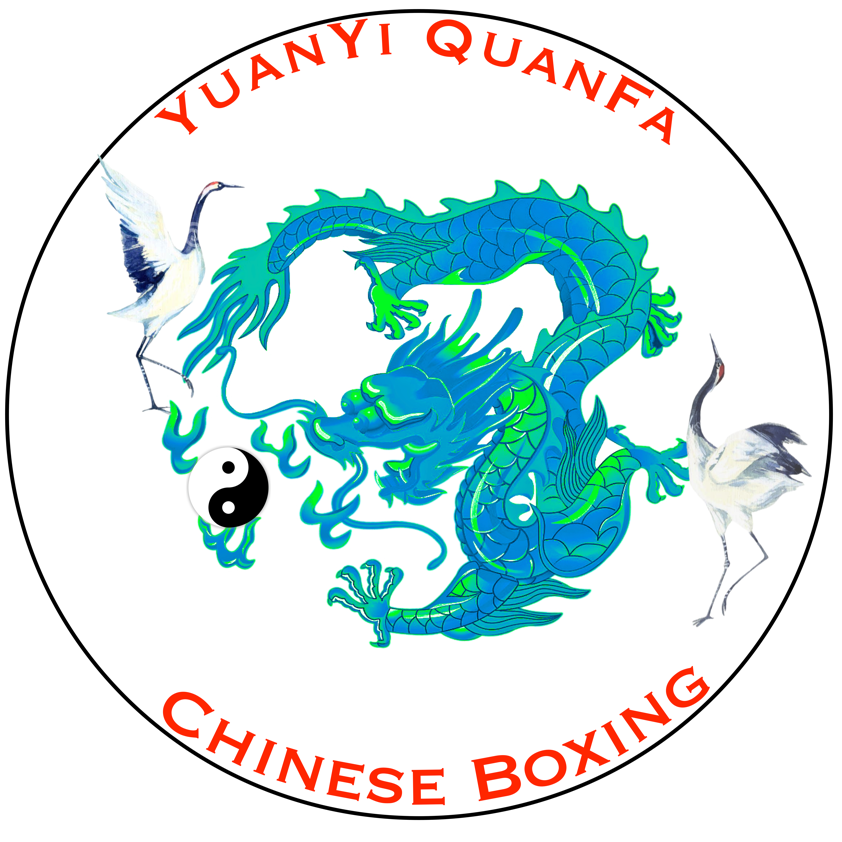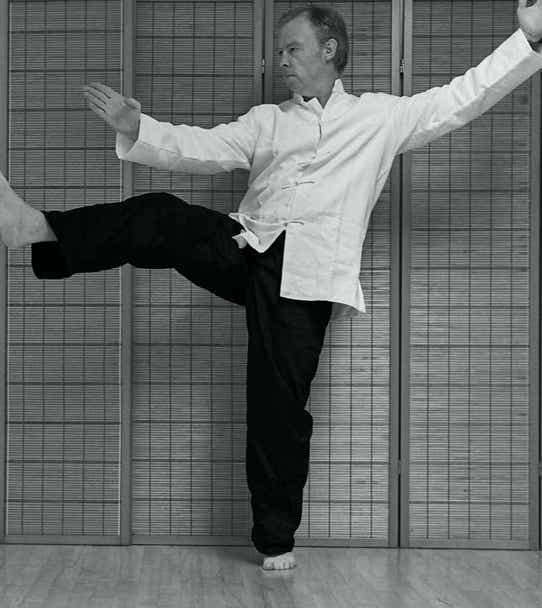27/06/2024
Some things that often surprises practitioners of other Martial Arts is that TaiJi training is often quite hard and not all of the techniques are soft. The labelling of TaiJi as a “soft” Martial Art confuses many people. I think pretty much everybody is familiar with this image. It is often referred to as the Yin - Yang symbol it is correctly known as the TaiJi (Tai Chi) symbol. This does NOT mean that this symbol specifically refers to TaiJi the Martial Art, as that is more correctly known as TaiJiQuan (Tai Chi Chuan).

The TaiJi Symbol



